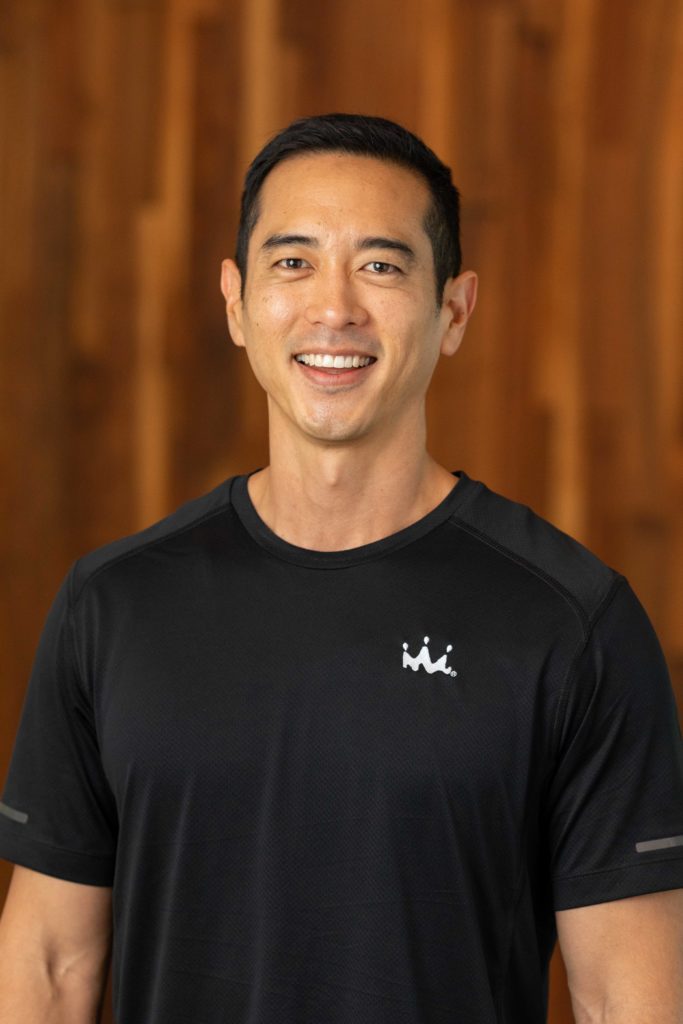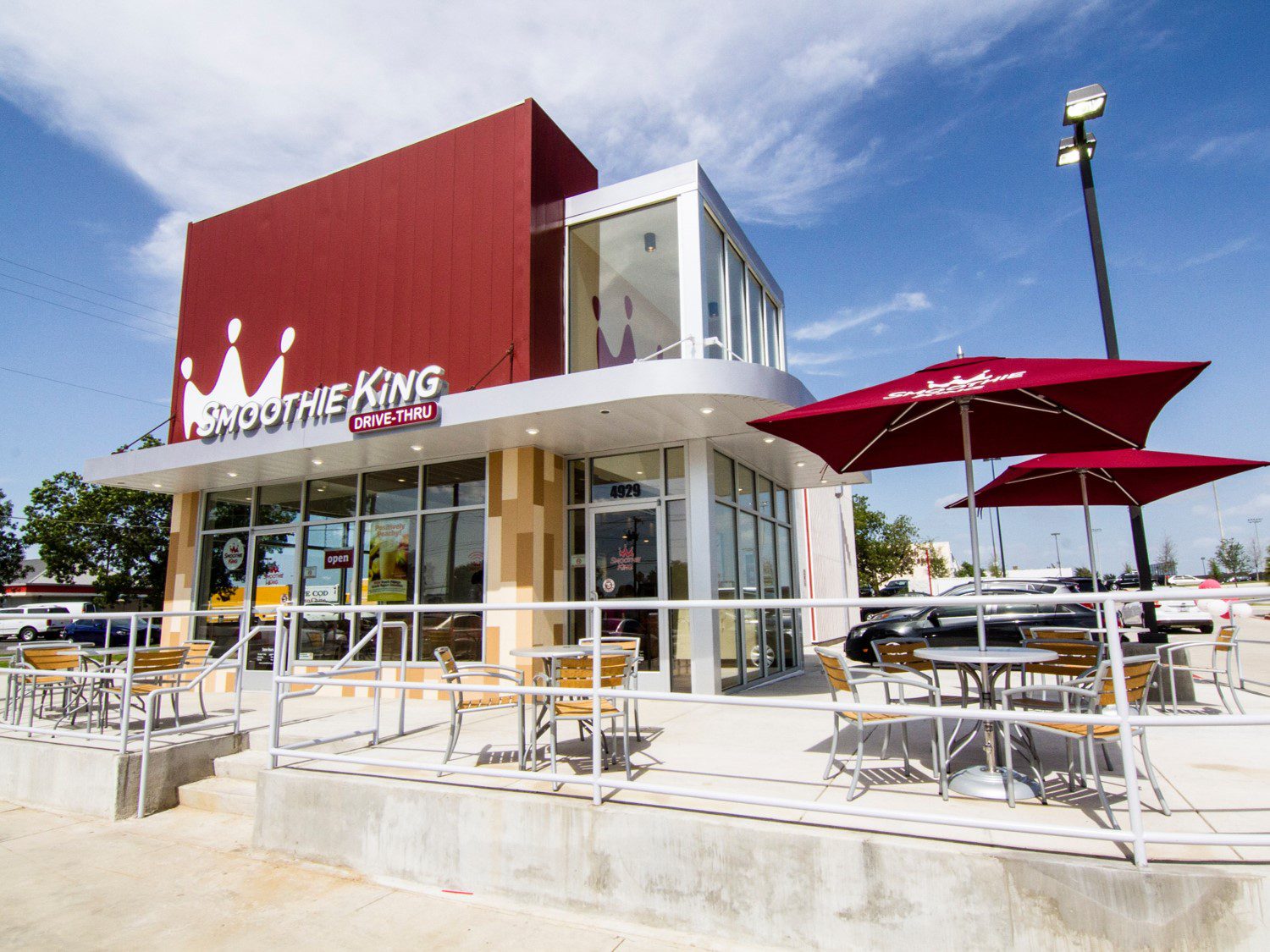Smoothie King has been in transition for the last several years—under new leadership, completely revamping its menu, moving its headquarters 500 miles, surviving and coming out of Covid, and now pivoting to capitalize on a doubling of revenues over the last few years, to about $600 million in annual systemwide sales.
Thomas Kim has been a big part of the transformation of the franchisor of healthy-beverage outlets, leaving a SaaS company and coming on as Smoothie King’s CFO in 2019. Since then, he has helped CEO Wan Kim (no relation) sustain operations through the coronavirus, refine the chain’s financial-performance metrics, hold costs in check while improving product quality, marry Smoothie King’s brand and mission with its operations and, most recently, navigate the vagaries of historically high inflation.

“We’re really sensitive about price,” Kim told StrategicCFO360.com. “We want to make sure our guests value our product, not raising prices too much beyond that perception. We want them to think of us when they’re thinking about healthy options and meal replacement, so they don’t think we’re too expensive and go elsewhere.”
Smoothie King is best known as the corporate sponsor of Smoothie King Center, the arena in New Orleans where the NBA’s New Orleans Pelicans play. It’s there because the founders of Smoothie King, Steve and Cindy Kuhnau, opened their first store in Kenner, a New Orleans suburb, and grew the company there.
The chain grew through franchising beginning in 1989, purveying popular varieties of smoothies and helping popularize the better-for-you revolution in morning beverages that has swept the United States and other countries over the last generation. It is now approaching 1,100 stores in 39 states, and 95% are franchisee-owned.
Part of the Kuhnaus’ original strategy was growth abroad, especially in South Korea. And in 2012, they sold Smoothie King to SK USA Inc., headed by Wan Kim, a successful franchisee with more than 100 stores throughout South Korea. Wan Kim began making huge changes. For example, he moved the company headquarters first to Metairie, Louisiana, then to Dallas, because, Thomas Kim said, there was more technology talent in the Texas city.
A far bigger shift is that the new owner redefined what “healthy” meant as expressed in Smoothie King’s products. “Back in the ’90s, they contained a lot of juices and concentrates and some had higher sugar content,” Thomas Kim explained. “It wasn’t just our brand, but the whole industry which had a little bit of a misleading healthy-for-you image. People looked into the content of these smoothies and called them ‘sugar bombs.’
“So Wan said, ‘We’re turning this on its head and revamping all smoothies.’ We converted most of our smoothies into no-sugar-added, non-GMO, organic and good-for-you ingredients, whole fruits and vegetables. Now if you visit our stores you can see 75% of our menu real estate is focused on a very health-focused mission and purpose. They’re an even healthier option for our guests.”
Another major change by Wan Kim that has boosted Smoothie King’s trade is that he stopped conceding the winter months. “Our franchisees told us that they couldn’t sell smoothies when it was cold,” Thomas Kim said. “But he challenged that and proved they could get bigger sales if they focused on what value they were trying to deliver to their guests, not, ‘We can’t sell these in the winter because it’s cold.’”
For example, Wan Kim—as many better-for-you food entrepreneurs have done over the last several years—assigned specific nutritional benefits and functionalities to particular smoothies and their ingredients, such as some that are particularly high in protein, some that are for pre- or post-workout appetites, and so on.
“So we have a lot of guests now who come to us throughout the year, and they’re going to eat a particular smoothie because it’s going to heal them or has nutritional purposes,” Thomas Kim said.
Franchisees have by and large gotten behind the shifts, Thomas Kim said. The most important reason: Average unit sales volume of a Smoothie King franchise in the U.S. was $270,000 per unit when Wan Kim took over, and last year it zoomed past $600,000, Thomas Kim said.
It’s not just that, he added. “The products our franchisees are selling are very different from 20 years ago, and they’re very proud of that. They tell us they want to stand behind a brand they can be proud of. They want to be able to tell their friends and family they can come in and drink these smoothies on a daily basis if they want to.”
But the new smoothies typically do have more expensive ingredients, and that’s mainly where Thomas Kim has come in. “Actually, we did this at the expense of the brand for the benefit of the guest,” he said. “Initially, we had to invest in a transition and revamping of the supply chain. We have more organic products and more healthy-for-you products, and a no-no list of chemicals and other things that shouldn’t be in food. That increased costs, and it hurt profitability for franchisees, and at some points that was painful.”
The strategy has paid off, with “new guests coming into the system,” he said. “Sales started to double, and we’ve been able to manage and go back to our vendors and make sure their costs are more in line. We’ve figured out a way to continue to operate our business with slightly higher costs.”
The new era of inflation is causing new problems, however. Smoothie King’s supply chain held up during the pandemic—stores were out of blueberries for about a week, but that was it—but Thomas Kim is having to stay on top of commodity prices now to manage costs. “We don’t use beef and chicken, of course, but we use a lot of whey,” he said. “Whey prices haven’t jumped as much as beef has, but there’s been a shortage of milk. Those prices have gone up substantially. So we are locking in prices when we can.”
At the same time, Smoothie King hasn’t been taking price increases on the order of many others in the quick-serve restaurant industry, he said. “Chipotle has taken 10 to 15%, and we’re on the order of taking only about half of that, plus a little.” Higher gasoline prices, meanwhile, means “the environment is pretty tough for our guest and all of us living in this. Now more than ever, it’s harder to fight for their share of wallet, and [consumers’] discretionary spend is getting smaller. So more than ever we have to deliver on value.”
Of course, today’s challenges remain preferable to two years ago, when sales tanked as Smoothie Kings closed or curtailed operations at the onset of the coronavirus. In the process of recovery, CFO Kim has gotten his fellow executives, and franchisees, to understand that sales comparisons these days may not be all they are cracked up to be.
“In March and April of 2021, we had some comp-sales increases of 100 to 200% percent because the dollar value of sales dropped so much early during Covid,” Kim explained. “So you have to look at things through a different lens.”
In fact, Kim has moved Smoothie King to a consideration of metrics other than same-store sales-change percentages. “The restaurant industry looks at these as a metric, but I challenged our team to look at dollars and total revenues as well, because sometimes you can lose messaging by just looking at percentages.”
Smoothie King maintains about 5% of its stores as corporate-owned, in part to “stay relevant and see what’s going on in key markets as well as store operations,” Thomas Kim said. The corporate stores have helped Smoothie King leadership understand the labor recruitment and retention problems being experienced by franchisees.
“So what we’ve done is not just throw money at it, but do other ways of training, of staying engaged with team members, of keeping them happy,” he said. “And some of the things that have worked, we have shared with franchisees constantly.”
Smoothie King used to have a more international footprint, but Wan Kim now “is very focused” on the U.S. market, Thomas Kim said, where the company would like to get into all 50 states at some point.
“We grew sales by 25% in 2021” alone, he noted. “We think there’s room for there to be 2,000 to 3,000 stores across the country. We are targeting [compound annual growth] of 15% in a five-year strategic plan to double our business through a combination of same-store sales and new-store growth.”








